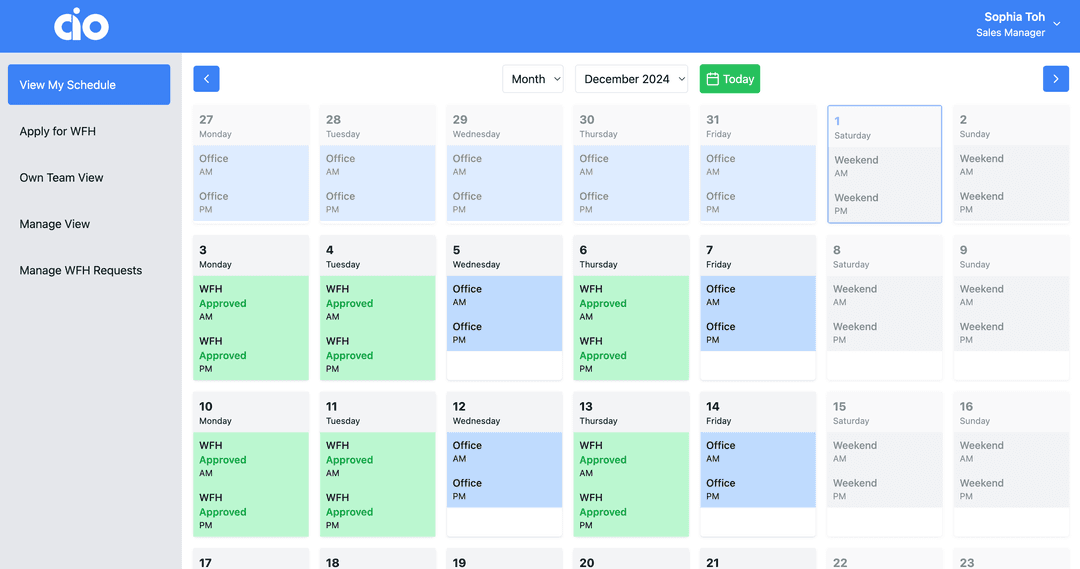Employee Scheduling Web Application with
DevOps Focus
Aug 2024 - Dec 2024
Repo
Summary
My group developed an employee scheduling application while documenting our project processes, particularly how we facilitated Scrum during this project, DevOps processes, and CI/CD practices. Our backend was developed in Flask, and our frontend was developed in Next.JS. We utilised a Model-View-Controller architecture for our application.
My Specific Contributions:
- Scrum master for this project, maintaining collaboration platforms such as Jira and Confluence and facilitating standups, reviews, and retrospectives.
- Lead DevOps engineer, implemented entire CI/CD and testing pipeline for automated testing, integration, and deployment of web application. Handled deployment of backend and database.
- Backend developer, worked on developing backend application models and controllers in Flask connected to a relational database.
This project was undertaken as part of an SMU module, 'IS212 Software Project Management'. I received a distinction for my part in this project and for this module overall.









